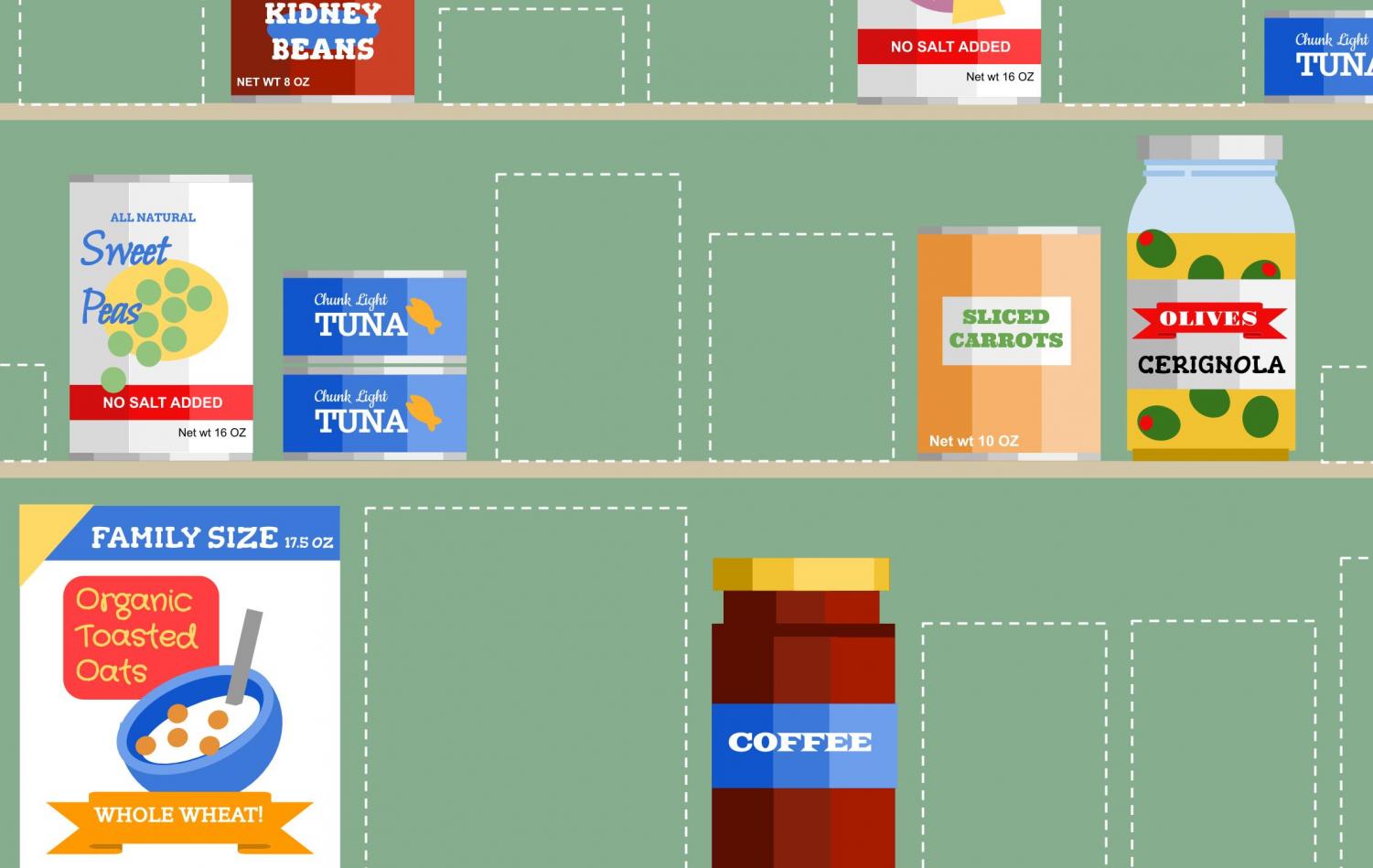Food Insecurity in America

Image from Register Forum
Food insecurity, the state of being without reliable access to a sufficient quantity of affordable, nutritious food, is a leading health and nutrition issue in the United States. In 2017 approximately 40 million Americans were food insecure. As a result of the COVID-19 pandemic, millions of Americans have lost stable employment; early estimates suggest more than 50 million people, including 1 in 4 children, may be experiencing food insecurity in 2020.
We were collectively interested in investigating the prevalence of food insecurity on the county-level and its association with select social determinants of health to understand the specific regions and/or sub-populations at the greatest risk for food insecurity. This information may be used to help identify targets for future health policy implementation.
Our goals are to:
- Identify counties, states and regions that are most disproportionately affected by food insecurity
- Investigate the demographic breakdowns of food insecure counties
- Assess how food insecurity has changed overtime in the USA and specifically in NY state
- And, visualize food insecurity in an accessible way to empower people to help and/or access nutrition assistance resources
Datasets
We used Feeding America’s Map the Meal Gap data to quantify food insecurity on a county level. Map the Meal Gap is an annual study conducted to characterize how food insecurity and food costs vary at the local level. For this project, we use all Map to Meal Gap annual study data, ranging from 2009 through 2017.
In addition to the Map the Meal Gap data, we also used US Census American Community Survey (ACS) datasets which provide county-level breakdowns of select social determinants of health, including racial and ethnic makeup, percent uninsured, percent foreign born, educational attainment breakdowns, and income category breakdowns.
Findings
There exists substantial geographic variation in food insecurity and child food insecurity rates, and in the number of food insecure children and individuals across the United States on the county, state and regional-levels.
Moreover, county-level demographic breakdowns for race, educational attainment, and insurance status among people ages 19-64 appear to be associated with overall county food insecurity rate.
Check out our food insecurity maps to explore county-level food insecurity indicators, as well as food bank locations across the United States.
For a detailed explanation of our findings and conclusions, read our Project Report here.
Contributors:
Caroline Andy, Vasili Fokaidis, Stella Li, Tessa Senders